
Everybody writes in some form or another, so it’s easy to fool yourself into thinking that writing is easy. But even for professional writers, it’s anything but.
Now, what if you aren’t a professional writer? What if you’re a business owner or a manager who understands the importance of content marketing and has decided to blog on a regular basis? Well, this probably isn’t breaking news for you, but in your case, writing can be even harder.
And who knew it could take so long to do? Maybe you dreamed of sitting down and cranking out a post in an hour from beginning to end? For most of us, it never seems to work out that way. And so, you start to dread and avoid the task. Sound familiar?
Fortunately, there are some tips and tricks to make writing more enjoyable and to help you write more efficiently. In this post, I’ll share twelve tips to help you write better, faster.
Cultivate Good Writing Habits
Before we delve into the writing of a particular article, let’s talk about a few good habits you can get into on a regular basis that will help grease the wheels of writing for you. (And if you’re looking for ways to make this and other habits stick, make sure to check out our Atomic Habits summary video!)

1. Read, Read, Read
Read. A lot. If you make a habit of reading, you’ll find that reading will help you find inspiration and develop your voice as a writer.
Riz Morris author of a dozen published novels had this to say:
“Reading—the good and the bad—inspires you. It develops your palate for all the tricks that writers have invented over the years. You can learn from textbooks about the writing craft, but there’s no substitute for discovering for yourself how a writer pulls off a trick. Then that becomes part of your experience.”

2. Write Daily
As with anything else, practice makes perfect. In his article on how to become a faster writer, Joe Bunting says
“If you want to become a better writer, it’s far more effective to do a lot of bad writing than a little perfect writing, especially since if you’re aiming for perfection, you’ll be writing forever.”
Get into the habit of writing daily to exercise your writing muscles. Not only will you become a better writer, but writing will come more easily.

3. Daydream About Writing
Chris Brogan talks about “time quilting”- or using small unused scraps of time in your day to get things done. (Clever parallel, don’t you think?)
When you’re standing in the shower, stuck in traffic, or waiting for water to boil as you’re prepping dinner is the perfect time to muse about your latest post, without the pressure of a blank page.
During those stolen moments, you might also come up with great new post ideas, a turn of phrase you particularly like, or a natural segue between two points. So use that time efficiently, and…

4. Capture Your Good Ideas
Make sure you’re ready to capture great content ideas when they strike. You can go low tech, with a small notepad and pencil that you carry with you at all times, or embrace the many great technological options that are at your fingertips. I use Notes on my phone or Evernote, because I can access them both from all my devices.
Not sure what the right idea-capture tool is for you? Explore a ton of great options in this post by LifeDev.

5. Choose The Right Time
Many writers find their writing flows more easily at certain times of day. I find it much easier to write first thing in the morning, before the chaos of the day clutters up my brain. Others swear by writing at night. Research shows that you’re most creative when you’re groggy, because that’s when your brain is less inhibited. Experiment with different writing times and find the one that works best for you.
Break it Up
This is going to sound counter-intuitive if your dream has always been to bang out the perfect post in a one-hour block: you may actually be more productive if you split your writing across several sittings. There are many different activities involved in writing a blog post – from researching, to writing, to editing. Parse them out across different sessions to immerse your brain in that way of thinking.

6. Research Your Topic
Spend some time researching your chosen topic. Here are a few tactics I like to use:
- See what else has been written on the topic, and look for a way to bring a fresh perspective to the subject.
- Conduct keyword research to see what people are googling in relation to the topic. Here’s a quick tutorial by Quicksprout to get you started.
- Browse Quora to see what specific questions people are asking about your topic.
- Look for research or quotes to support your piece.
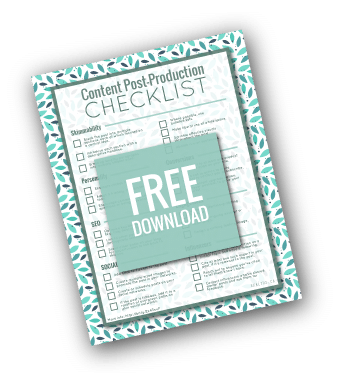
Download our FREE checklist!
Use this checklist to turn every post you write into quality web traffic. Learn how to perfect your posts, fuel your social media efforts, connect with influencers and convert more readers into customers.

7. Create a Working Headline
Even if you change it later, writing a working headline early will prevent you from meandering in your writing and keep you writing close to the topic. That will cut down on your editing time later and help you publish faster.
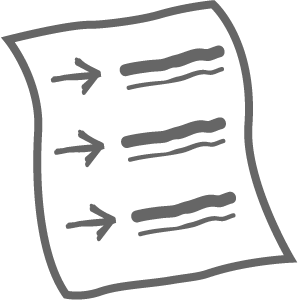
8. Write an Outline
Put together an outline of your main ideas. Your outline will generally include an introduction (which I usually fill in only after writing the piece) and a closing (where I wrap up and invite people to comment).
In between the two, create multiple headings that represent your main points. Then, quickly try to add a couple of bullets to each section. These might include any ideas you have or links to supporting research that you know you want to include. That way, when you sit down to write, you’ll already have a starting point to work with.

9. Eliminate Distractions
When you finally sit down to write, distractions can be a real productivity killer – especially if you’re not feeling passionate about your topic. Try turning off your phone, closing up your social media, and shutting down your email to make sure nothing is pulling your attention away from the task at hand.
Many swear by the Pomodoro technique, which has you work in concentrated 25-minutes bursts to maximize productivity. I’ve recently embraced the Freedom app, which blocks internet-based disruptions for pre-set amounts of time.
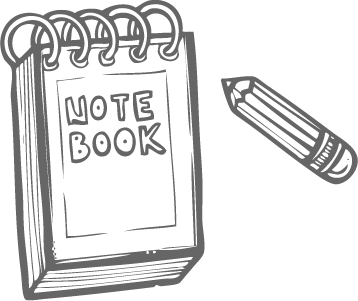
10. The “Ugly First Draft”
The beauty of conducting the research and preparing an outline ahead of your writing session is that by the time you sit down to write, that’s all you have to do.
Still, the task can seem daunting. One of the reasons for this is that we tend to try to edit ourselves as we write. That’s why your goal for your writing session is not to write perfection, on the contrary. Your goal is to write freely and just get your ideas down. In the words of the brilliant Ann Handley who coined the phrase in her book “Everybody Writes”:
“Embrace The Ugly First Draft” as necessary. As Painful and depressing as it might be to write badly – at least you’re writing., you’re getting the mess out of your head and onto the screen or paper. Then, when you get back to it, you can start shaping it into something more respectable. Recognize that brilliance – or anything close to it – comes on the rewrite.”

11. Step Away
Once you’ve got your ugly first draft down, step away from your writing and give your brain a break. Research has shown that creativity comes from combining two different modes of thinking – focused and diffuse thinking. It’s the diffuse thinking – when your brain has the chance to mull over your ideas in a more relaxed way – that often leads to aha moments and breakthrough thinking. So (counterintuitively, perhaps) stepping away from your writing can often lead to better writing, faster.
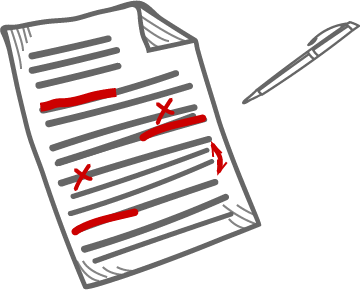
12. Edit
Finally, when you come back to your draft, it’s time to massage it into its finished form. Focus on two levels of editing:
- The macro level is where you check the structure of your piece and make sure the ideas flow nicely. Are there gaps that need filling? Are some ideas out of sequence. These are the types of problems you fill at this stage.
- The micro level of editing is where you focus on your language. Yes, fix glaring grammar mistakes. (Or defiantly but knowingly thumb your nose at old-school rules that bar you, for example, from starting a sentence with ‘Or’. See what I did there?”) Avoid run-on sentences. Avoid buzzwords. Keep your reader in mind as you write.
Try reading your piece aloud as a real test of whether it needs a more thorough edit.
Those are my top twelve tips for how to write faster. They’ve really worked for me. Do you struggle with faster writing? Have you found your own hacks to help you conquer writer’s block and publish your posts faster? I’d love to hear from you in the comments.

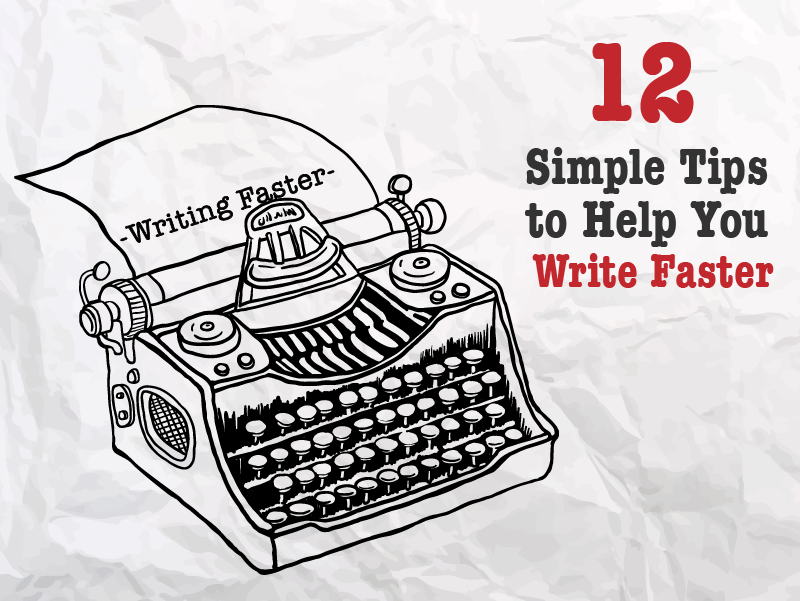


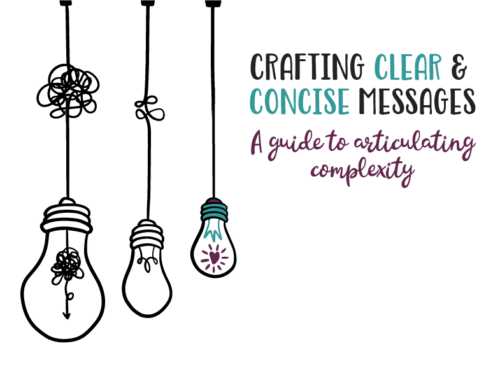




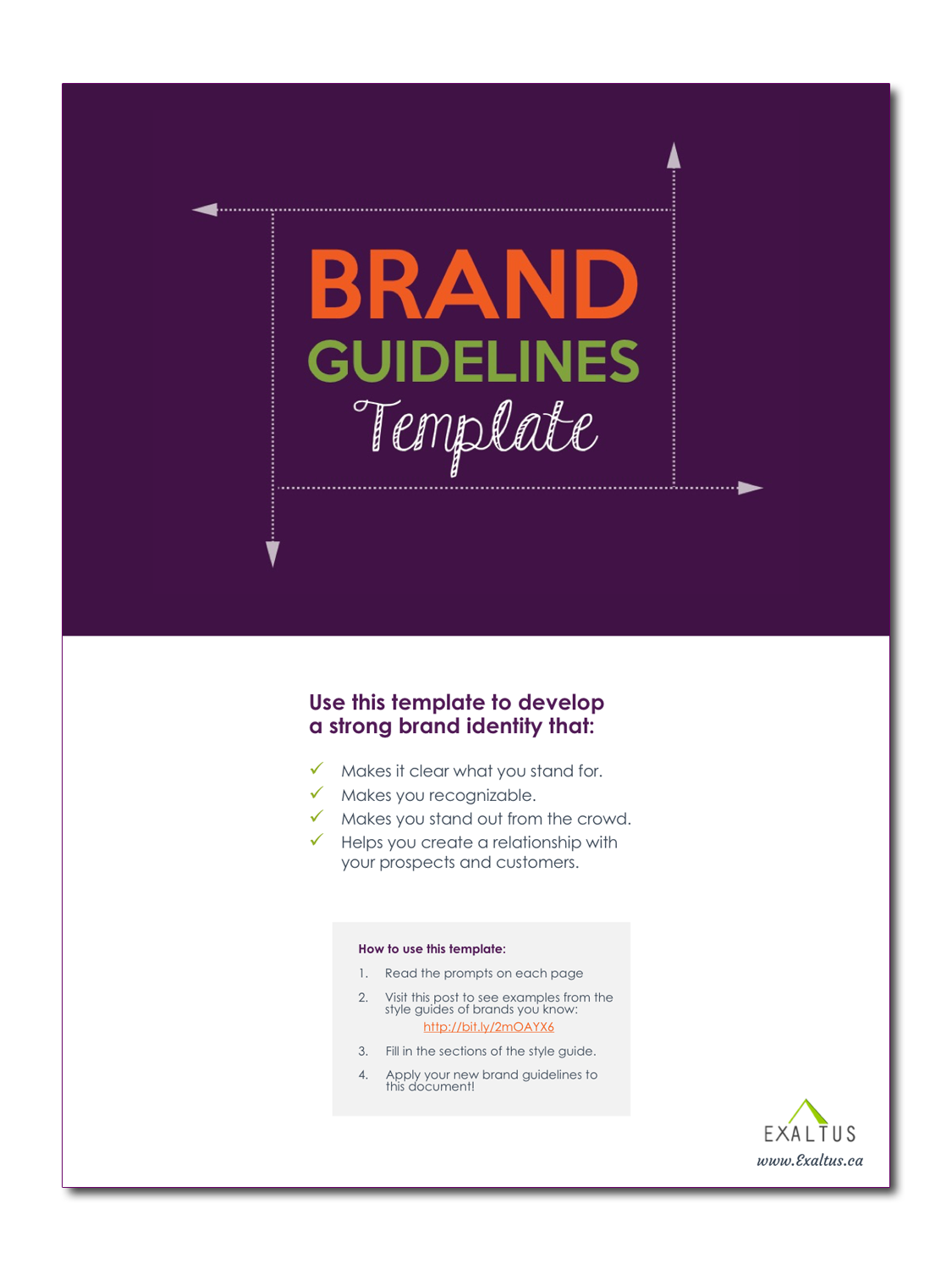


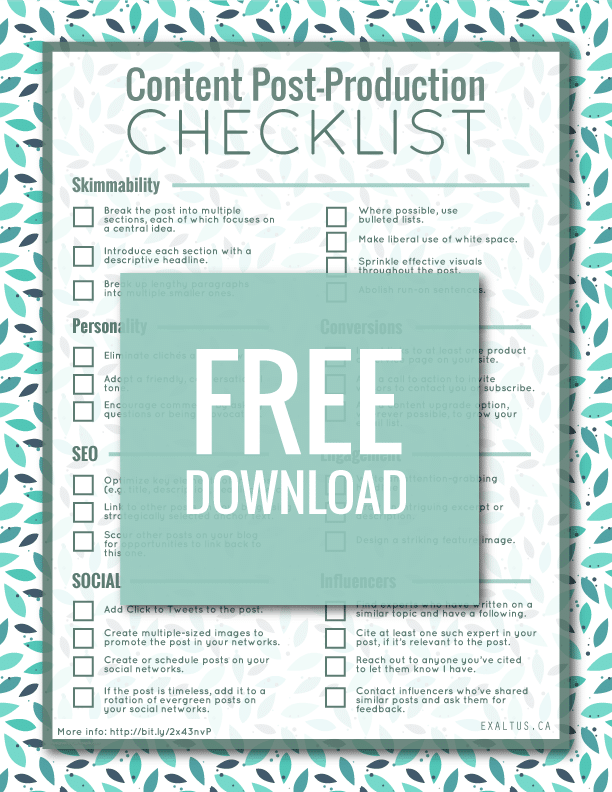



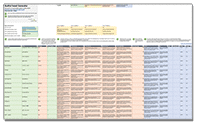
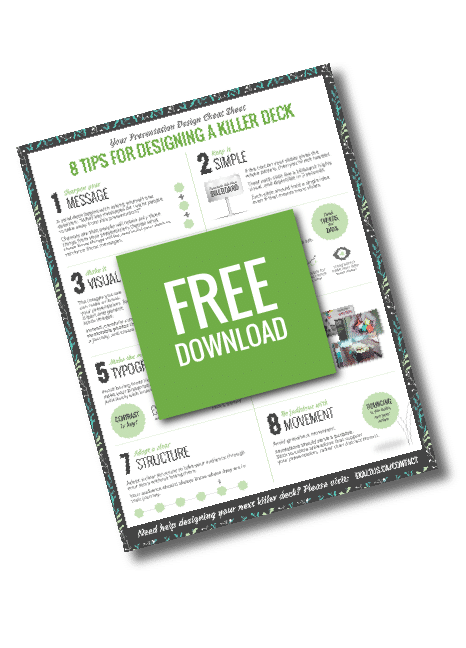
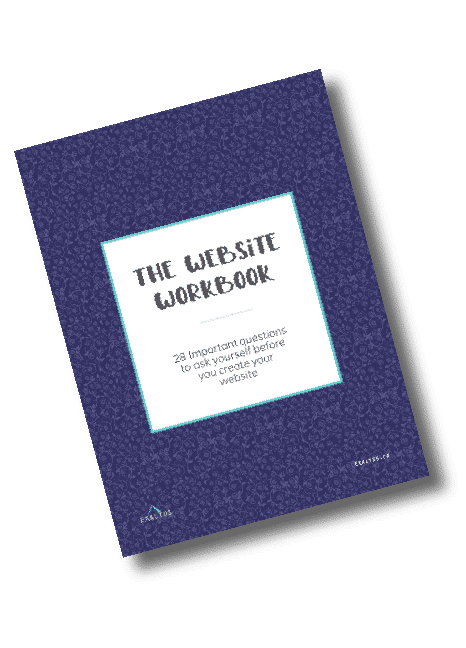
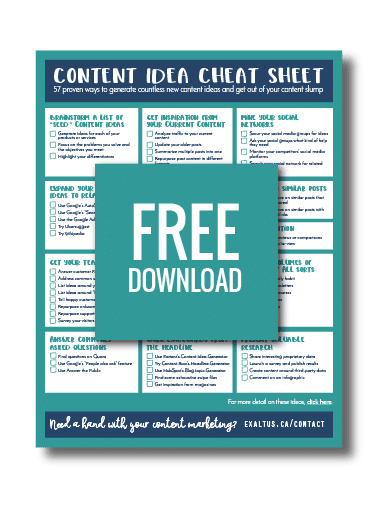

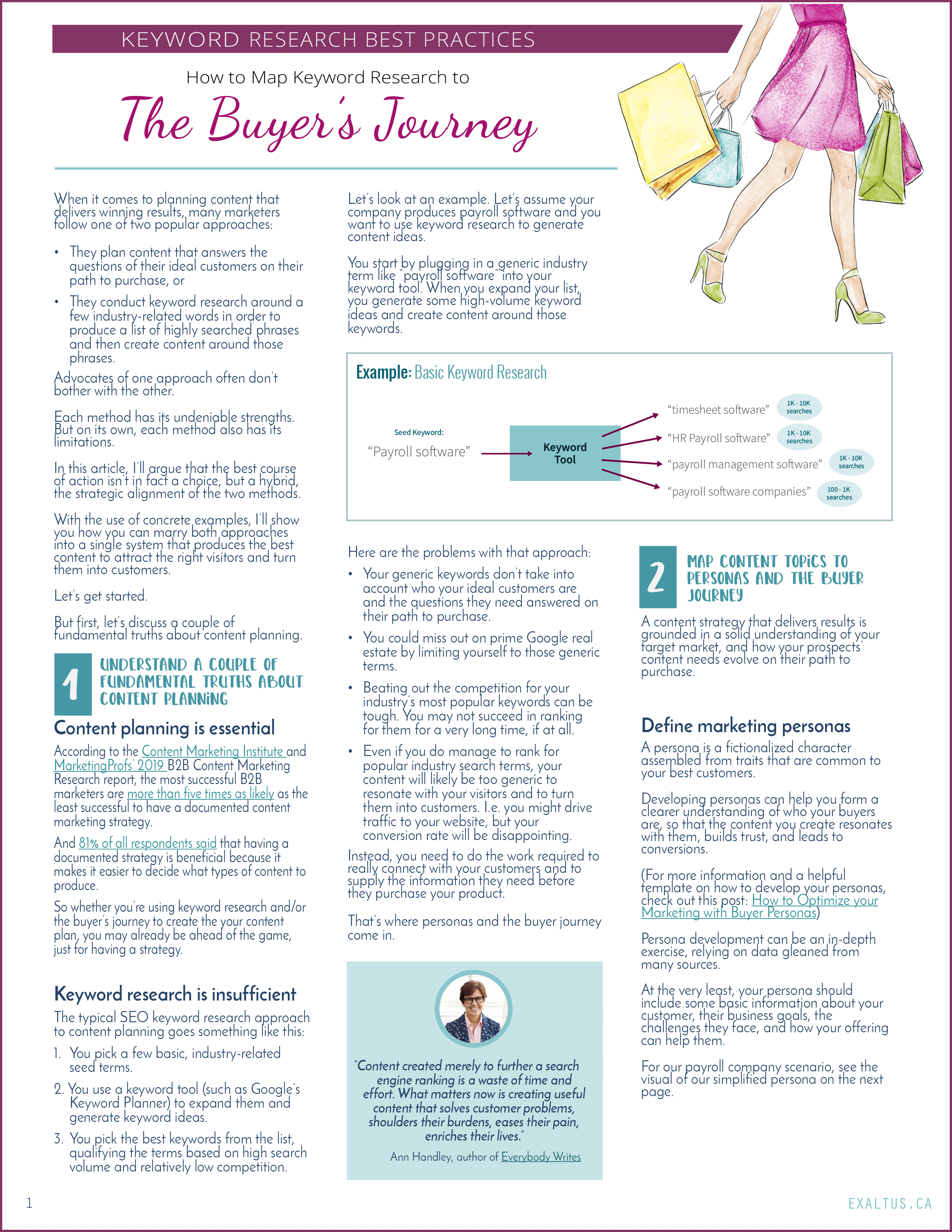
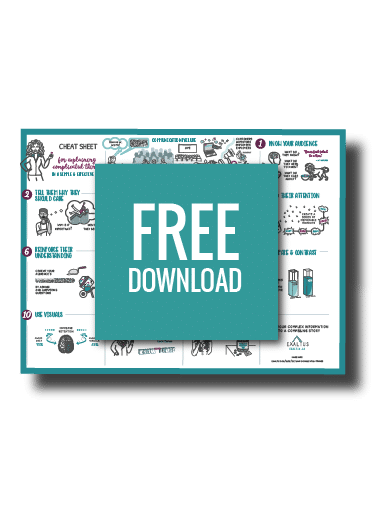
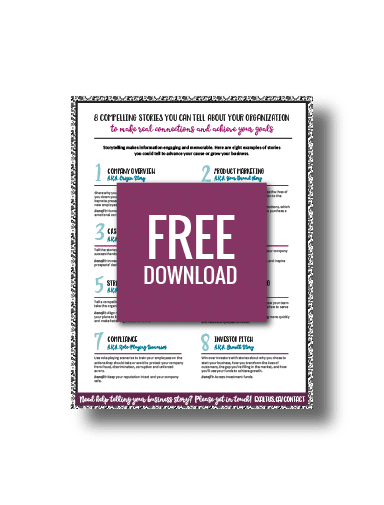

Leave A Comment